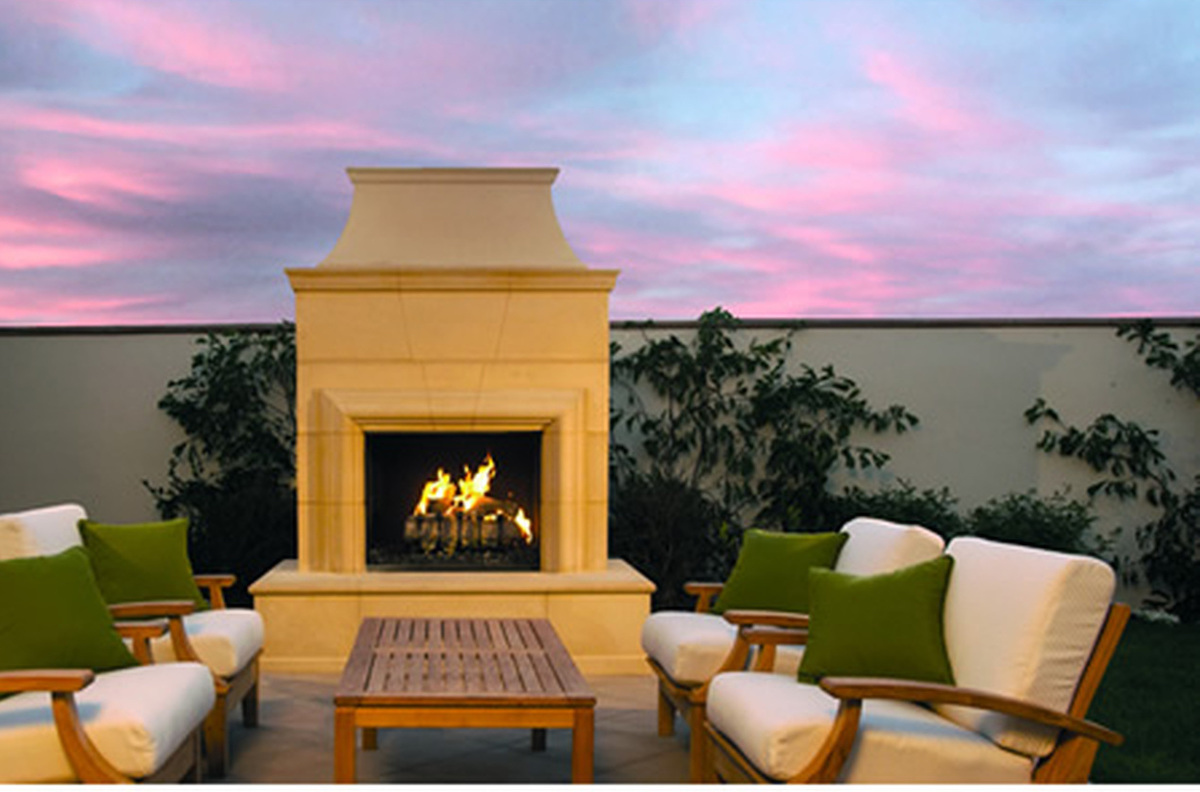As the temperatures drop, preparing your outdoor fireplace for winter is essential to ensure it remains in good condition and ready for use when you need it. Whether your fireplace is wood-burning, gas, or electric, a few proactive steps can help protect it from the elements and extend its lifespan.
Clean the Fireplace Thoroughly
Before winter sets in, give your outdoor fireplace a deep clean. Remove ash, soot, and debris from the firebox and chimney (if applicable). Cleaning prevents moisture buildup that can cause rust, staining, or even structural damage during freezing conditions.
Inspect for Damage and Make Repairs
Check for cracks, loose bricks, or damaged components. Addressing these issues before winter prevents small problems from becoming larger and more expensive in harsh weather. For gas fireplaces, inspect lines and connections to ensure everything is sealed properly.
Cover and Seal
Use a weatherproof cover specifically designed for outdoor fireplaces. This helps block snow, rain, and debris from entering the unit. For wood-burning models, consider sealing the chimney flue or using a cap to prevent moisture and critters from getting inside.
Disconnect Gas or Electric Supply
If your fireplace won’t be used during the winter months, disconnect the gas or power supply. This adds a layer of safety and helps protect components from wear or accidental activation.
Taking the time to winterize your outdoor fireplace is a smart move that protects your investment and keeps it ready for future use. Whether it’s cleaning, inspecting, covering, or disconnecting utilities, these simple steps go a long way in preventing weather-related damage. With proper care, your fireplace will stay in top condition—so you can enjoy those cozy outdoor moments again as soon as the weather warms up.

